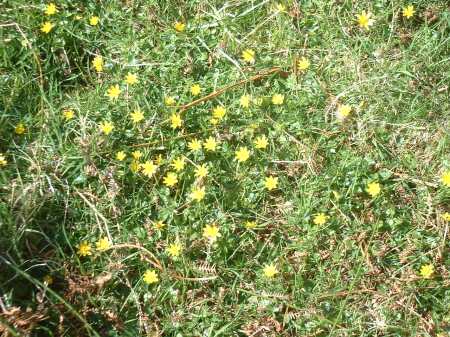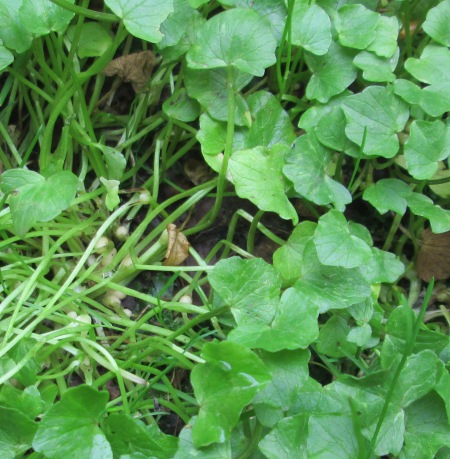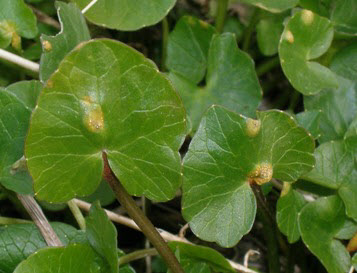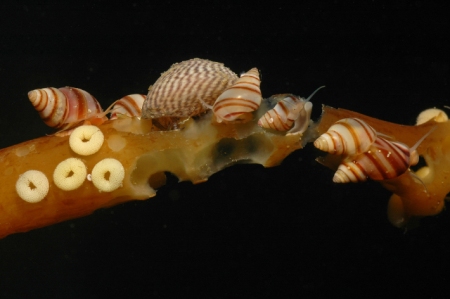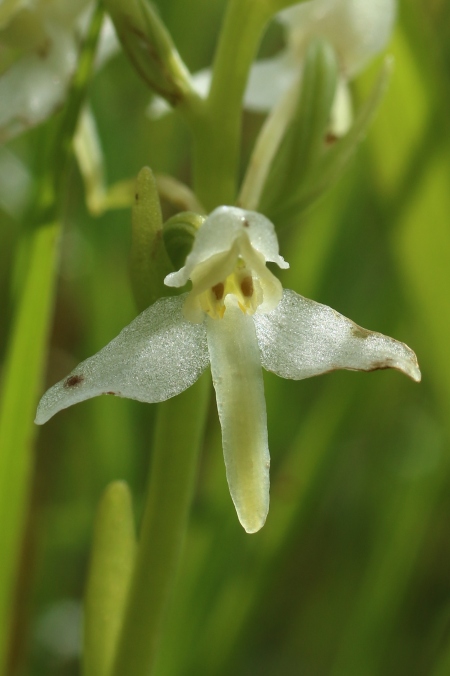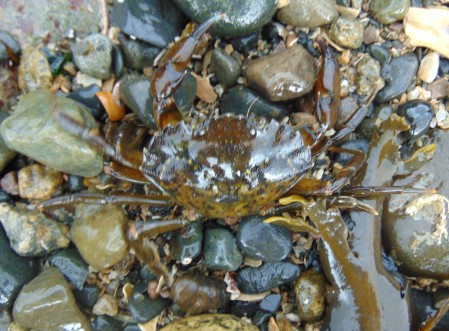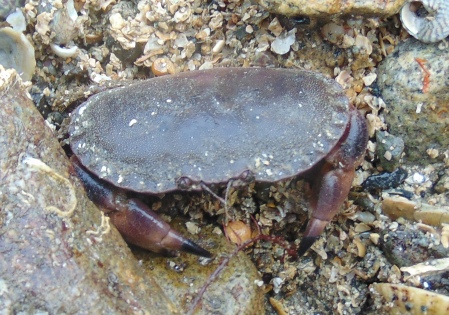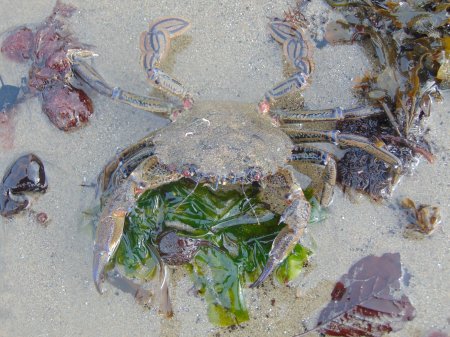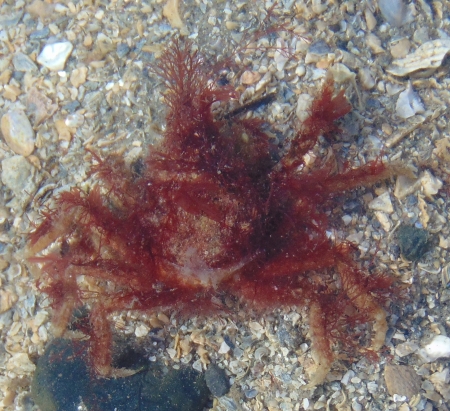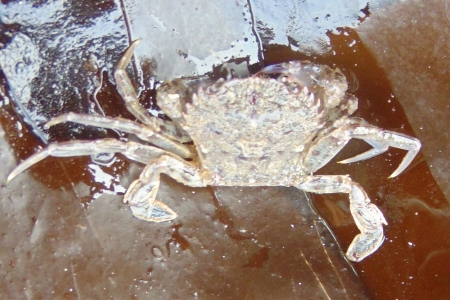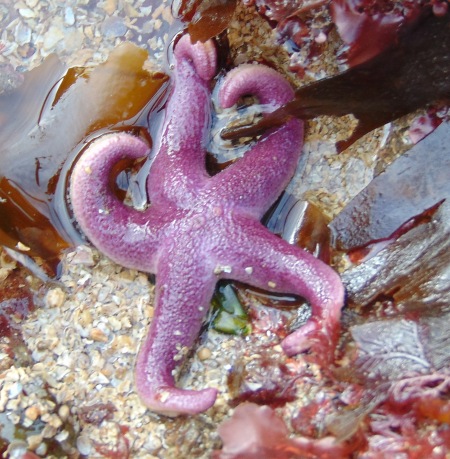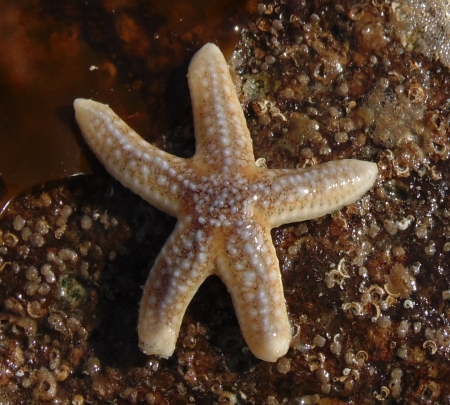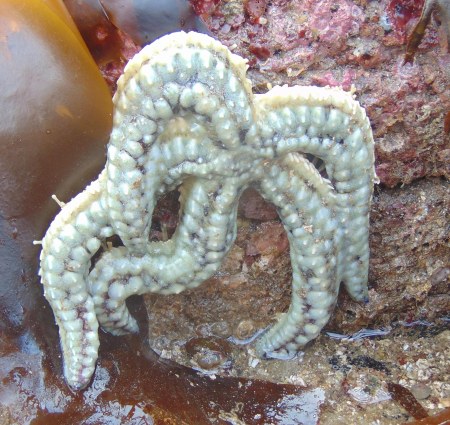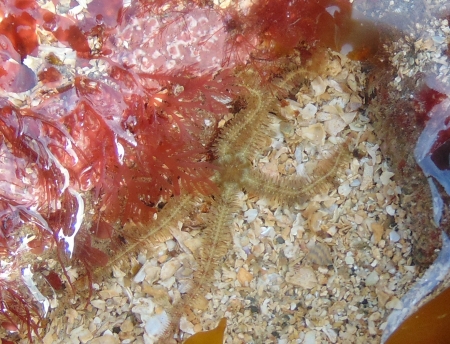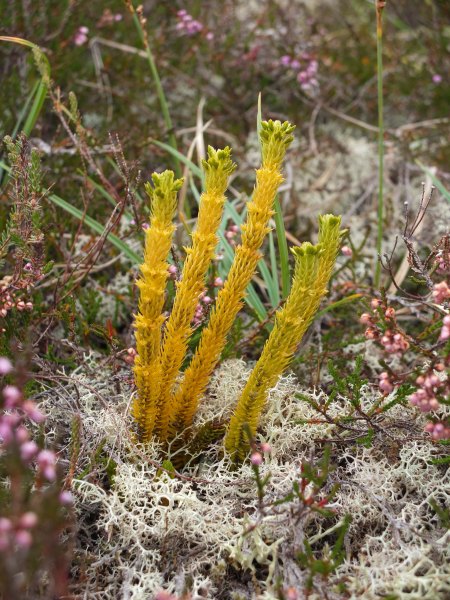Well, some signs of life anyway and we appear to be in for a week of good weather. In flower yesterday:

Alnus glutinosa (Alder)

Chrysosplenium oppositifolium (Opposite-leaved Golden Saxifrage)

Lesser Celandine
I also spotted Yellow Brain fungus on dead gorse
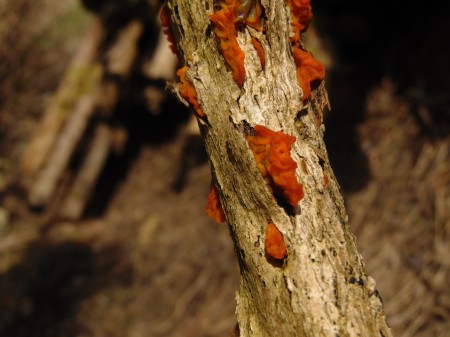
Tremella mesenterica (Yellow Brain)
(It is yellow initially, turning orange later.) However, there is also a lookalike, Tremella aurantia, that is virtually indistinguishable without a microscope. Liz Holden says that on gorse it is almost certainly T. mesenterica which parasitizes the fungus Peniophora, which is common on gorse. T. aurantia parasitises Stereum hirsutum which would be unusual on gorse and most records so far are from the south of the UK. It could well be in Scotland just not recorded yet. I will see if I can find the host fungus to double-check.
Last night I put out the moth trap for the first time this year and this morning there were three Pale Brindled Beauties on the wall beside it:

Pale Brindled Beauty
I also caught a greenbottle mimic a few days ago in the house, Eudasyphora cyanella, which over-winters as an adult.
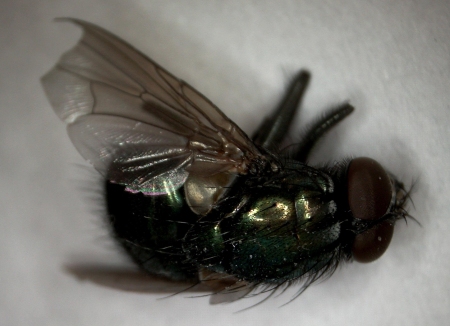
Eudasyphora cyanella
